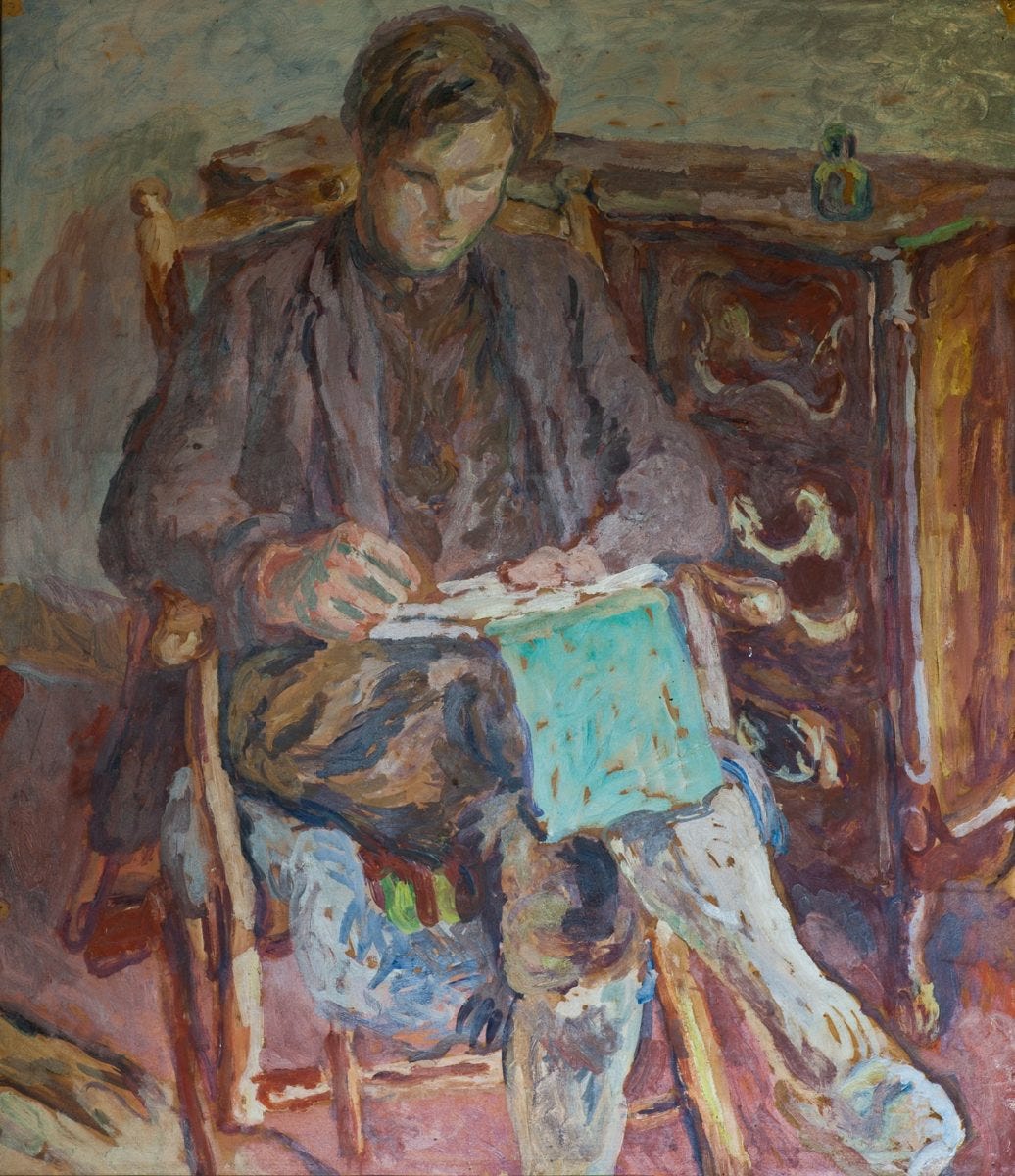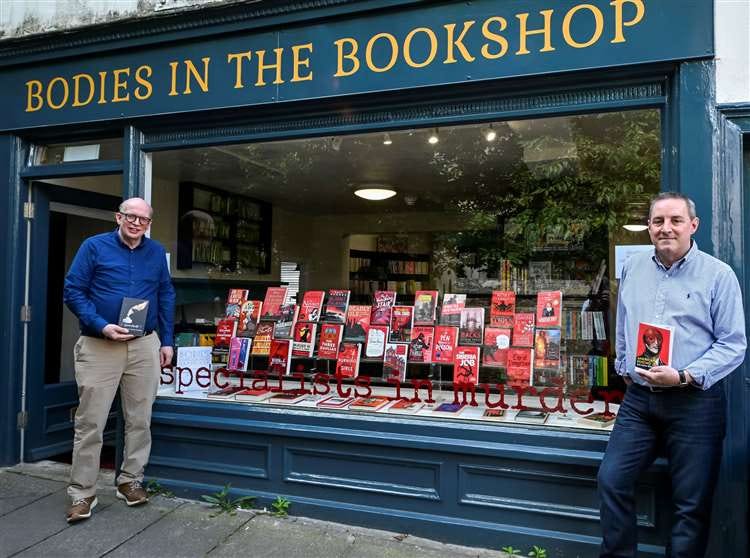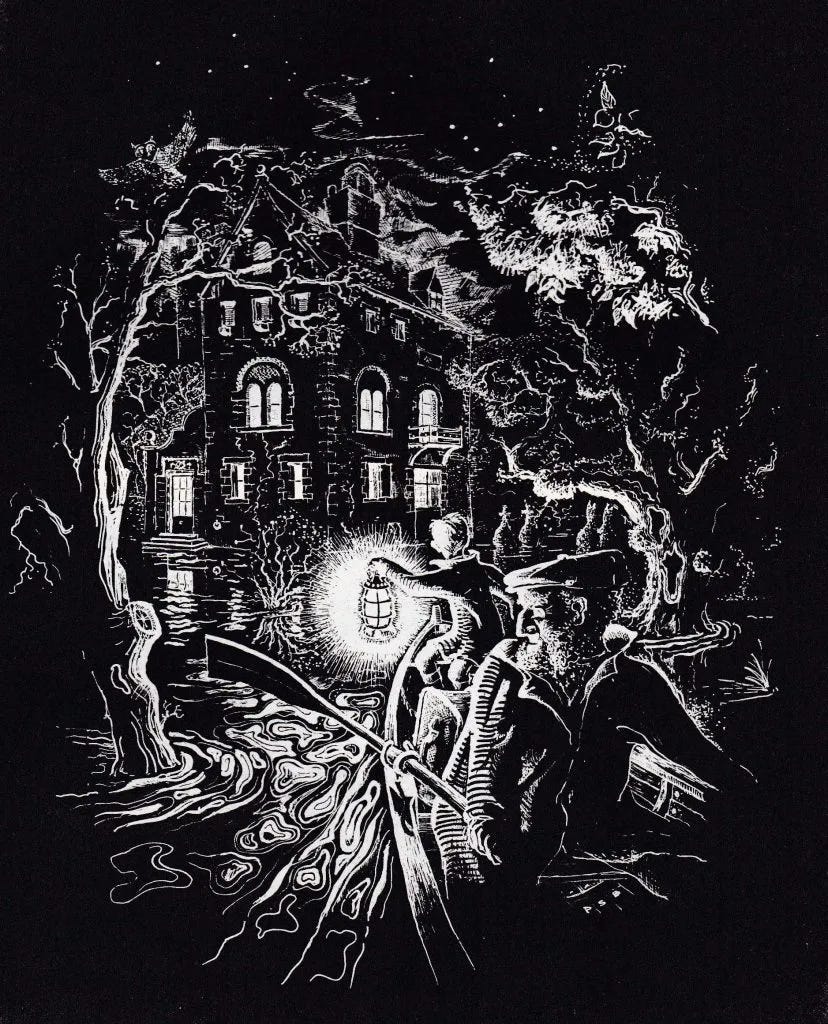
“People have their moment in the sun, and then the sun moves on to somebody else. Our careers seem built on nothing – words, ideas, sand.” Nick Hornby, Dickens and Prince: A Particular Kind of Genius (Viking/Riverhead)
I am beyond thrilled that my writing features on this week’s Substack Reads, chosen by the inimitable
, author of novels including About a Boy and High Fidelity and a memoir, Fever Pitch. I’m enjoying his new book Dickens and Prince at the moment, and if you haven’t yet subscribed to his brilliant newsletter ‘A Fan’s Notes’, you really should. I will treasure his words forever (yes, I’m a fan):“Ann Kennedy Smith writes about all things Cambridge, England, with a particular focus on women and literature. I’ll be honest: I didn’t think it was going to be for me when I first came across it. No rock ’n’ roll in that title. But the stories she unearths are gripping, culturally significant, surprising.”
You can read the full post here: ‘Bad motivations with good outcomes, and the wedding photos of Ted Hughes and Sylvia Plath’.
This got me thinking about how touched I am to have other Substack writers’ recommendations, and what a difference these make. According to my dashboard, there are currently 97 publications recommending me, and those recommendations have generated an amazing 950 subscribers = about a third of my 2.8 K subscribers. I want to thank each and every one of you who has recommended my publication, it is very much appreciated. I am especially grateful to subscribers of
’s wonderful ‘Audacious Women, Creative Lives’ which has been topping the charts this year. She deserves every success.So if you’re on Substack, and admire someone’s publication, do recommend them. It’s an easy way to make a big difference. There’s a great explanation of how recommendations work by
here, and ’s ‘how to’ article is here.Literary news
Cambridge crime is in the news, but in a literary way, thank goodness. ‘Bodies in the Bookshop’ is the name of a new store in picturesque Botolph Lane. It stocks new crime fiction and books about Cambridge downstairs, and has a large second hand book section upstairs, and looks wonderful.
I wrote about Cambridge crime fiction earlier this year, with an image from The Incredible Crime by Lois Austen-Leigh (great-great niece of Jane Austen). I discovered this novel recently in the British Library’s bookshop; just by reading the introduction, I know it’s going to be fun. The beautiful cover design is based on an iconic British Rail poster from the 1920s.
It's 70 years since Lucy Boston’s The Children of Green Knowe was first published and Faber Books is publishing a facsimile of the first edition later this year, complete with Peter Boston’s extraordinary illustrations. More about the house that inspired Green Knowe here.
Catherine Taylor has won this year’s TLS Ackerley Prize for The Stirrings: A Memoir in Northern Time (Weidenfeld & Nicolson). The prize is given annually to a literary autobiography of outstanding merit, written by an author of British nationality, and published in the UK in the previous year. The other two shortlisted books were Monique Charlesworth’s Mother Country (Moth Books) and Jeremy Seabrook’s Private Worlds (Pluto Press). More details here.
And finally, I’m giving a talk at Waterstone’s bookshop in Cambridge at 3pm on Monday 5 August. It’s about Virginia Woolf and her nephew Julian Bell (see portrait above), and is part of Literature Cambridge’s summer course on Woolf and Childhood. Booking details here.
Cambridge wedding photos (continued)
This is a delightful ‘Cambridge wedding’ story from the New York Times this week, featuring the wedding of Financial Times columnist and Provost of King’s College Gillian Tett to Henrik Jones at King’s College Chapel.
Good reading this week
Speaking of recommendations, don’t miss
’s latest instalment of her excellent BookStack Directory. I’m listed under ‘‘E’ for Enthusiasts who guide you deep into their niche’ along with , and others.I’ve been reading some great art essays this week.
writes about the major exhibition at Tate Britain, Now You See Us: Women Artists in Britain 1520-1920 (until 13 October 2024) and how the curators have constructed an excellent historical and cultural narrative without over-explaining.
‘Above all, they avoided expressions of indignation about the almost complete exclusion of women from the world of art for centuries. They let not only the art but also the story speak for themselves. Although they left no doubt as to where they stood, the curators seemed to leave the viewer to connect with the art and also feel whatever degree of anger—or complacency—about this exclusion that they saw fit.’
- writes about ‘the first woman to found, build, and fill her own art museum, Isabella Stewart Gardner’ in her essay ‘Like a character out of a Wharton novel’; ‘Grief sent the Gardners traveling, but this is not a Whartonesque tragedy.’
There’s more about the museum that Gardner founded in
’s ‘Mrs Jack’s Palace of Impermanence’: ‘She placed artwork and artefact in every room to be in conversation with each other, and yet it is more than that. It is as if she wanted the art to communicate something of herself to everyone who visited the museum, even after her death.’
Now over to you!
I would love to know whose Substack writing you enjoy, and would recommend to others. A little-known gem by a writer yet to have their moment in the sun - as Hornby puts it above - or the enlightening essays of a consistently good writer? Please do leave your thoughts in the comments (or respond to this email) and as ever, thank you so much for reading. I’ll leave you with a photo of my dog, contemplating a forbidden green paradise.







This is from Laura Thompson (sorry it got lost in my post being accidentally unpublished): 'That is a serious number of recommendations... totally deserved and bravo!!!! As well as you (of course) I recommend @whatoreadif on my Substack - erudition delivered with a light touch, good jokes and lots of surprises - I'm a huge fan.' Thank you Laura!
Congratulations, Ann! It's wonderful how often you are recommended. But not surprising! And thank you for the kind mention!